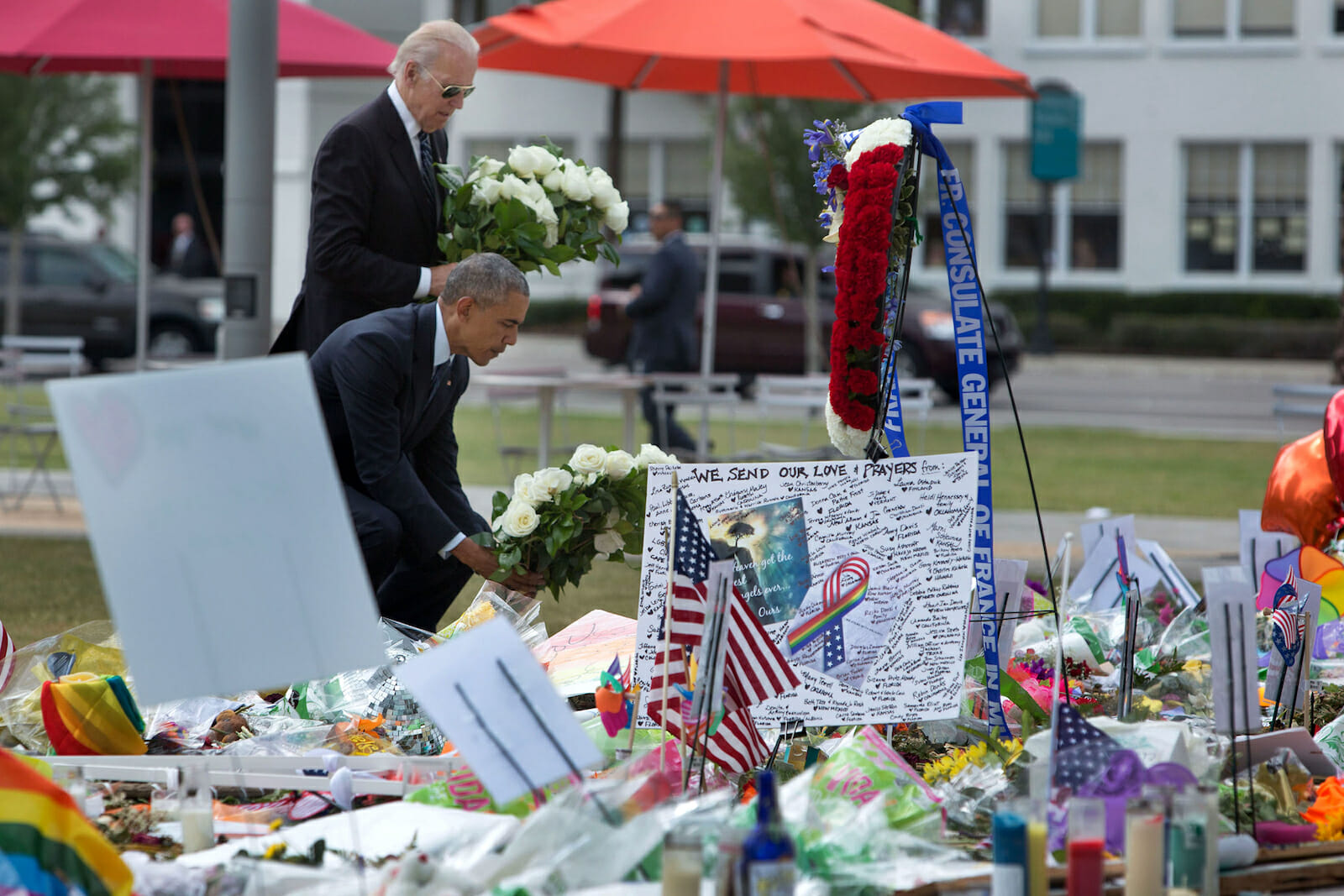
Business
Private-Sector Innovation Needed to Address Mass Shootings
Thanks to a new law that went into effect last month, college students starting a new school year in Texas will be greeted with the newest in campus mainstays: concealed weapons.
Texas’ “campus carry” law for the first time allows students to carry firearms on campus. Defended by Second Amendment advocates as “constitutionally sound,” opponents of the law are calling it “dangerously experimental” and “unsafe” — people like John Fox, a survivor of the 1966 University of Texas shooting.
The debate raging in Texas is being waged everywhere — in cities like Orlando, communities like Newtown, Conn., and even on the campaign trail — reinforcing one certainty: Mass shootings are becoming as American as apple pie. From churches to nightclubs to college campuses, the debate rages on, and with no clear solution.
In the absence of a policy solution, or a bipartisan path forward, elected leaders have a moral and social obligation to develop a federal response plan that treats mass shootings in the same manner as other national disasters. We don’t know when they will happen or where they will happen, but we know they will happen and we must be prepared to respond with a new and modern approach built around the power of risk mitigation and insurance programs.
True, an insurance policy can’t prevent a shooter from taking innocent lives — in the same way car insurance can’t prevent auto accidents — but it does implement minimum standards and ensures that in the wake of tragedy, people have the resources, support and tools they need to recover, heal and move forward.
Central to that support is financial resiliency.
The aftermath of any tragedy leaves survivors coping with loss and emotional distress. In the case of mass shootings, survivors are further confronted with financial obstacles spurred by costs associated with funeral arrangements, therapy, and loss of income.
Our system today affords survivors some level of assistance via the Crime Victims Fund — or via crowd-sourced donations and GoFundMe campaigns — yet these resources often fall short and require lengthy and onerous processes.
For academic institutions, financial and reputational distress from on-campus shootings can take years from which to recover. Lawsuits, reputational damage, and lost enrollments affect the institution’s funds, limiting investments they can make into ramping up security as well as meeting their duty to educate students.
Having an initial layer of protection via collaboration with private insurance markets can make funds more easily accessible and reliable, while sidestepping budget shortfalls or other consequential measures that often affect a university’s ability to fulfill its academic obligations.
But insurance alone is not enough. Beyond financial resiliency, an effective risk mitigation approach must include preventive measures that could help reduce the carnage wrought by mass shootings. The need to leverage private-sector innovation developed by risk management and mitigation experts is crucial.
Statistics show that an active shooter scenario can last up to 12 minutes, and a 911 call response can take anywhere from three to five minutes — partly as a result of confusing information provided to emergency responders, which often triggers delays.
Engaging private-sector innovation that addresses these types of events on the front end helps facilitate better coordination with first responders to limit the loss of life. Preliminary risk assessments can determine areas of vulnerability on a campus and integrate systems that harness innovative monitoring technology like gunshot location systems. Establishing this type of protocol can help to reduce casualties and potentially thwart a mass casualty event before it occurs.
A new and modern national response would further alleviate the strain that mass shooting events have on public resources, like police and fire departments that already face squeezed budgets.
In the aftermath of the 2007 Virginia Tech shooting, $48 million in total was spent — with $12.5 million coming from state and federal governments.
Recovering from mass shootings results in about 87 percent of financial costs falling on the backs of taxpayers, often short-changing other priorities and programs that are left underfunded.
Transferring even part of the financial costs to private insurers creates a public-private partnership that can help communities across the country — and the nation at large — to be better prepared to contain the ripple effect of a mass shooting event.
So far in 2016 there have been 220 mass shootings in the United States. The U.S. mass casualty statistics are by a long margin the worst among advanced economies, requiring organizations to take steps to prepare themselves for an active shooter event. Much like 9/11 called for new regulatory measures to ensure the public’s safety, we must look at mass shootings in the same light.
Government officials are nowhere near bridging the partisan divide on Second Amendment issues. We may never find common ground on gun control. But we can agree that when disaster strikes — no matter what form — we have a moral and social obligation to Americans everywhere to provide the resources, support and tools they need to recover, heal and move forward.

